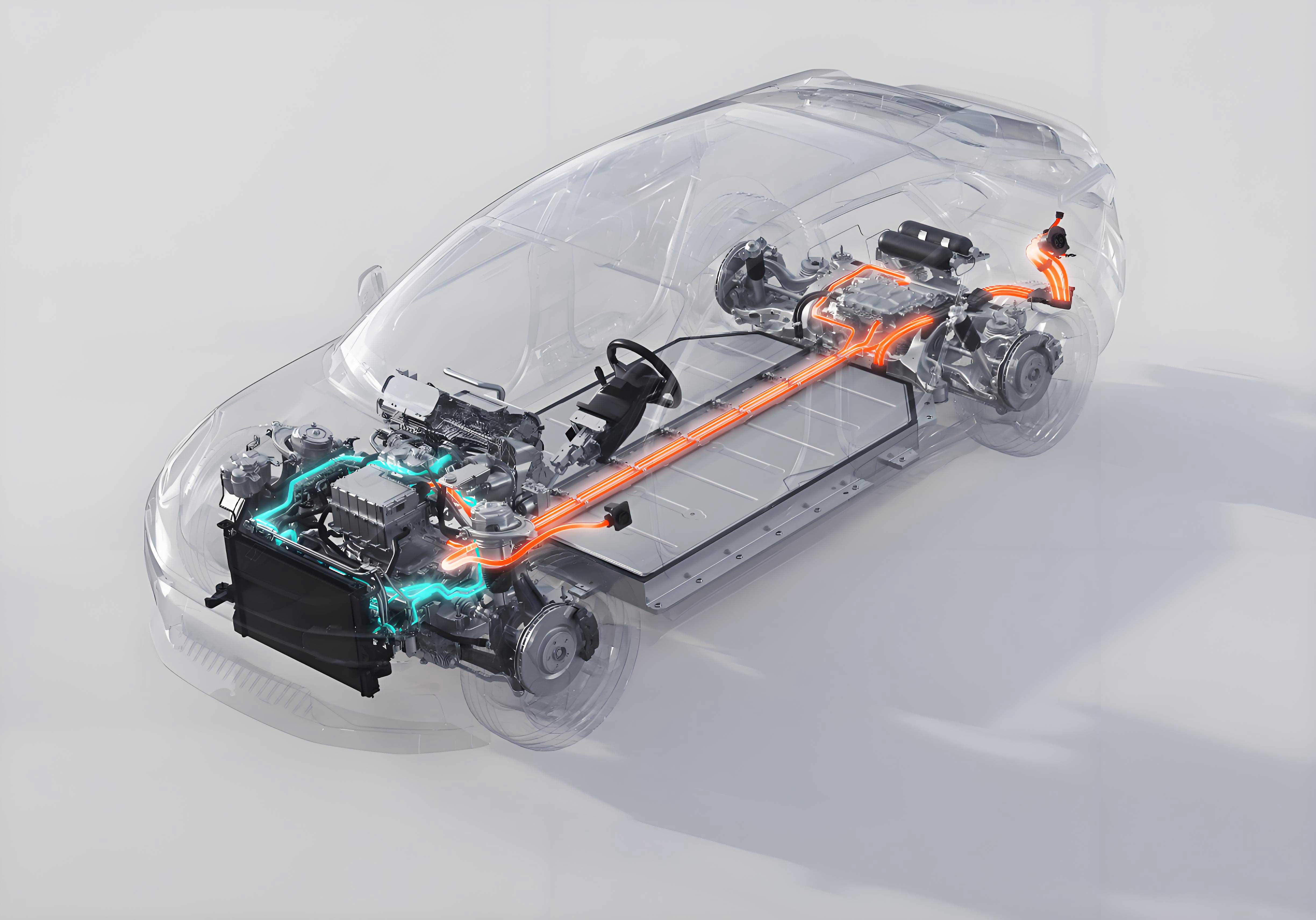The explosive growth of China’s electric vehicle market is igniting a trillion-dollar battle in the automotive aftermarket sector. With 2024’s electric vehicle aftermarket surging past ¥1.9 trillion ($267 billion), industry giants are scrambling to capture a share of this lucrative “blue ocean.” Data from the China Association of Automobile Manufacturers reveals staggering momentum: In the first half of 2025, electric vehicle production and sales hit 6.97 million and 6.94 million units, respectively, up over 40% year-on-year. Electric vehicles now command 44.3% of all new car sales nationwide.

As electric vehicle ownership soars, the aftersales ecosystem faces unprecedented demand. TuHu Car Maintenance, China’s largest independent service platform, reports that warranties for early-model electric vehicles will expire en masse starting this year, triggering an “out-of-warranty peak” by 2027. “The repair and maintenance wave is inevitable,” a TuHu executive emphasized.
Strategic Shifts and Service Innovation
Companies like Mobil 1 Car Care and TuHu are aggressively pivoting to electric vehicle-centric models. Mobil 1’s “New Energy Strategy” targets critical consumer anxieties—battery degradation, range reliability, and system longevity. Wei Minjing, Mobil’s Deputy General Manager, stated: “We began systematic R&D in 2024 to address these pain points. Our new inspection protocols cover 33 EV-specific metrics, surpassing traditional combustion-engine checks.”
TuHu, meanwhile, built a “detection-repair-service” loop for electric vehicles. Its “E-Powertrain Cloud Inspection” generates battery health reports via VIN codes, funnels users to workshops, and partners with 16 battery manufacturers (including CATL and EVE Energy) for in-warranty repairs. By late 2024, TuHu integrated 70,000 charging piles across 342 cities.
Talent and Training Crunch
The electric vehicle aftermarket’s expansion hinges on skilled technicians. TuHu collaborates with 135 vocational institutes to train over 1,200 EV specialists annually. Currently, 4,000+ of its technicians hold EV certifications, and 800+ are licensed for high-voltage systems. Yet, industry-wide talent gaps persist.
“Technical standards remain fragmented,” warns a CCID Consulting report. “Battery assessment, recycling, and residual value metrics lack unified national frameworks.” This ambiguity stifles service scalability and consumer trust. Mobil 1 responded by co-developing China’s first “EV Fluid Service Standard” with the China Automobile Maintenance Association.
Infrastructure and Ecosystem Wars
Charging networks and battery recycling are emerging battlegrounds. TuHu’s charging rollout exemplifies how aftermarket players are verticalizing services. Simultaneously, battery cascade utilization (repurposing used EV batteries for energy storage) is gaining traction, though regulatory clarity lags.
Competition extends to product innovation. In 2024, TuHu’s hybrid-specific motor oil sales skyrocketed 270%, with brands like Shell and Castrol launching dedicated EV lubrication lines. Liu Xiao, Mobil 1’s General Manager, stressed adaptability: “Consumers demand diversified, credible services. Legacy automakers’ closed ecosystems must evolve.”
The ¥3.9 Trillion Horizon
CCID forecasts China’s electric vehicle aftermarket to exceed ¥3.9 trillion ($548 billion) by 2027—a 25% CAGR. Core drivers include:
- Smart Maintenance: AI-driven diagnostics and predictive servicing.
- Battery Economy: Recycling networks and second-life applications.
- Data Monetization: Telematics-based insurance and personalized plans.
“The next five years will redefine professionalism in this ecosystem,” asserted Wei Minjing. With electric vehicle penetration crossing 50% in 2024, aftermarket players betting on “EV-ready” infrastructure—like TuHu’s 7,000+ service outlets—aim to dominate the transition from combustion to electric dominance.
As Liu Xiao concluded: “The electric vehicle revolution is irreversible. Winning aftermarket players will be those solving today’s pain points while anticipating tomorrow’s needs.” With standardization, talent, and innovation gaps still unbridged, China’s electric vehicle aftermarket remains a high-stakes race where only the most agile will thrive.